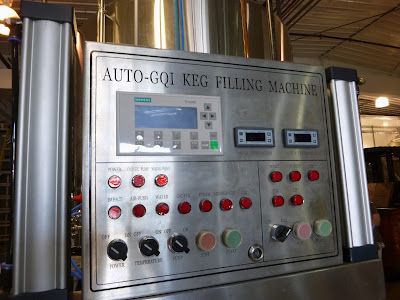There were a couple of tree shaped tombstones of which this one was clearly the prize.
It has a bird, a GAR* star and an attached planter. But the really cool thing was obviously this:
Locomotive engines turn up on these monuments from time to time. I think this is the third or fourth I have encountered. But this one has such cool details. You can see individual rail road ties for goodness sakes. And you can also see on the cab an inscription C.M. ST. P. No. 91.
This is an easy one to start out, the letters stand for Chicago, Milwaukee and St. Paul Railroad, which was a prominent line back in the day. Finding this on a grave stone marks the deceased as a proud former employee. But what does 91 signify?
Sometimes the presence of a locomotive on a monument means that the rail road man died in the line of duty. Various famous wrecks are commemorated in this fashion. But while there was a doozy of a wreck in Paris in 1895, here in the United States no train mishaps of note appear to have warranted mention.
I suppose the designation could indicate a particularly famous train, but so far as I can determine this is not the case here.
Another thought is that this might be a monument put up by one of the fraternal orders to which rail roaders belonged. Could this perhaps be from The Brotherhood of Locomotive Engineers? They designated their local chapters as "Divisions" by number, so 91 could denote that.
My theory has little support I fear. Division 91 was active then, but located down in Missouri. And while there are tombstones relating to the B.L.E. they would be likely to have the ornate logo of same on them.

Quite fancy. This is slightly later when the Firemen were added on. I do notice that a Division number is part of it...
More than a simple fraternal organization, the Brotherhood was one of the earliest industrial unions in the nation and is still active, albeit only after merging with the Teamsters. Elsewhere on the monument there was the shield and anchor logo of another early labor organization, the AOUW so Mr. White's union sympathies were significant.
But maybe Zoeth White just had a favorite engine. If a definitive answer is out there I do hope somebody will chime in with it.
--------------
*Grand Army of the Republic, a Union Civil War veterans group. Zoeth - a surprisingly common name by the way - served briefly with the 98th New York infantry regiment.









































